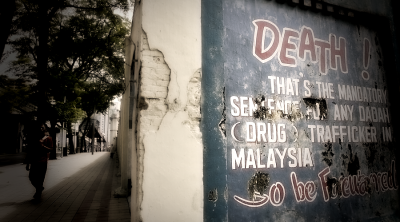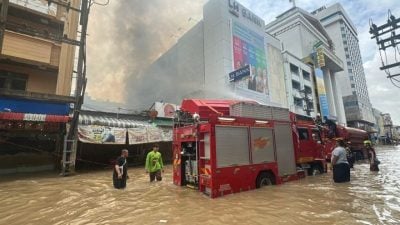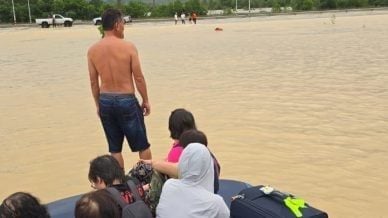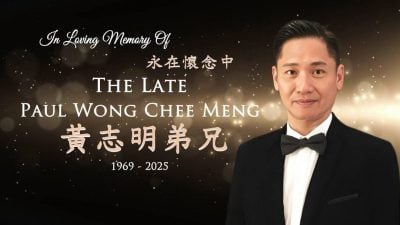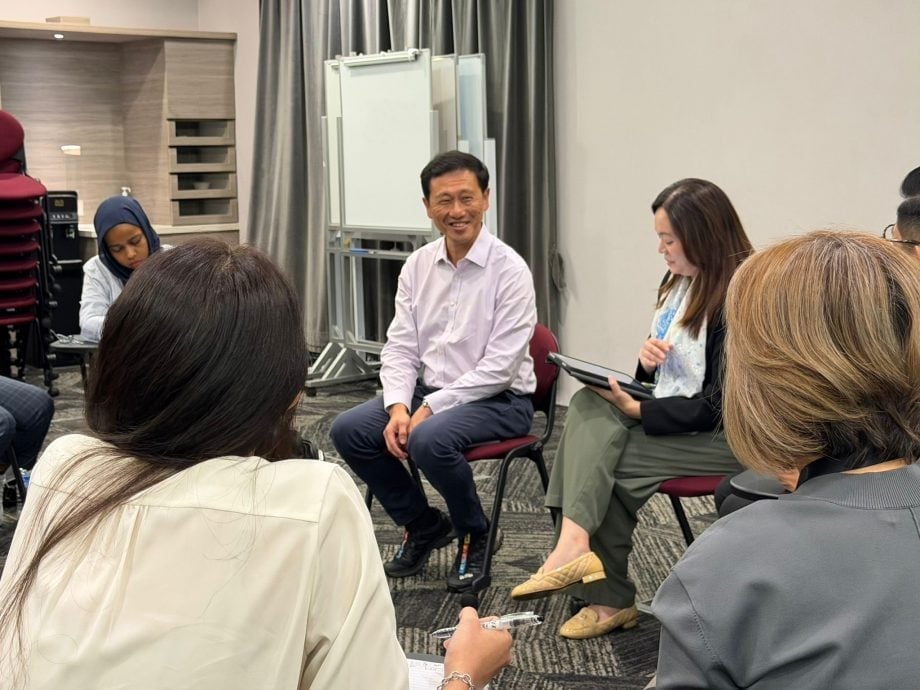
SINGAPORE: Despite “overly aggressive” recruitment agency paints the perception of Singapore pinching Malaysian doctors and nurses, Singapore develops its own medical workforce, says Minister of Health of Singapore Ong Ye Kung.
However, Ong did not provide the figures.
“I don’t know the exact details,” Ong said in a dialogue at the 17th Malaysian Journalists Visit Programme organised by Singapore’s Ministry of Digital Development and Information recently.
When Sin Chew Daily reporter asked about the proportion of Malaysian doctors and nurses within the healthcare sectors in Singapore, Ong said the proportion was low.
“I don’t have the exact figure on hand, but as I’ve said before, more than 90% of our doctors are trained locally,‘’he said,
Asked whether Malaysian medical professionals predominantly work in Singapore’s public or private sector, Ong noted that 90% of inpatient care (hospital services) in Singapore is provided by public institutions.
“Based on that structure, the vast majority of them would naturally be in the public sector,” he said.
Apart from Malaysians, Ong said Singapore also employs doctors from the United Kingdom, India and other countries.
“In fact, anyone with the right qualifications is welcome here. We do not favour any particular region — the only criterion is professional competence,” he said.
On the issue of manpower shortages, Ong acknowledged that Singapore is indeed facing a shortfall of nurses.
“This is a global issue,” he said.
Although Singapore has nursing schools, many nurses leave the profession each year. As a result, the government recruits nurses from multiple countries, including India, Sri Lanka, Myanmar and China.
“Those who pass the qualification exam undergo training in Singapore, and some eventually return home. This is seen as a form of regional cooperation to uplift nursing standards,” he said.
Ong serves as member of parliament for the Sembawang GRC in northern Singapore where the Johor–Singapore Rapid Transit System (RTS Link) has also been a topic of great interest among his constituents.
“Residents are very excited. Travel between Singapore and Johor has already been improving over the years, with streamlined immigration procedures.
“Today, many Singaporeans travel frequently to Johor. I keep in close contact with MPs and state assembly members across the border — they joke that during elections, they often encounter groups of Singaporeans while canvassing, just as we sometimes meet large numbers of Malaysians here,” he said.
Many of his constituents travel to Johor for various reasons, with healthcare becoming an increasingly common one.
“They are happy to receive dental treatments or basic health checks there, finding the prices reasonable and the service efficient. For surgeries, they return to Singapore to benefit from subsidies,” he said.
Ong said that once the RTS Link opens, more frequent cross-border movement, business exchanges and tourism will create new opportunities.
Not only will many Singaporeans continue shopping in Johor, he said, Singapore also hopes to attract more Malaysians to shop here.
“This will require local businesses to rethink their strategies — how do we differentiate our services? Since we can’t compete purely on price with Johor, we must develop unique strengths. I’ve noticed that Malaysians do come to Singapore specifically to try certain foods that aren’t available back home.”
However, Ong noted that even with just the existing Causeway traffic, businesses in northern Singapore have already been feeling the pressure.
“The impact is already visible,” he said.
He said rental and operating costs should ideally adjust through market forces to remain competitive, but more importantly, neighbourhood shops must upgrade and reinvent themselves to create appealing retail environments for Malaysian visitors.
“Overall, I believe this will create a more vibrant flow of people and a stronger commercial ecosystem. In the long run, the benefits will outweigh the challenges,” he said.
ADVERTISEMENT
ADVERTISEMENT










